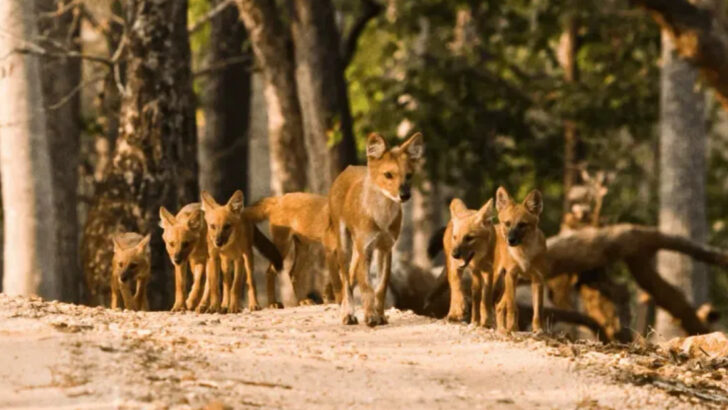Your dog is carrying wild secrets in their DNA.
While they snooze on your couch or beg for snacks with those soft eyes, their ancestors are still out there—stalking forests, howling at the moon, and living the untamed life.
We’re talking about the real deal: wolves, coyotes, and wild cousins that never traded freedom for belly rubs. Some look eerily like your pup. Others? Total beasts. But make no mistake—these animals helped shape the lovable, loyal dog curled up at your feet.
Some are closer than you think, both genetically and geographically.
And some… you might spot on your next hike.
Let’s pull back the curtain on the untamed roots of your best friend. Ready to meet the wild side of the family?
Gray Wolf
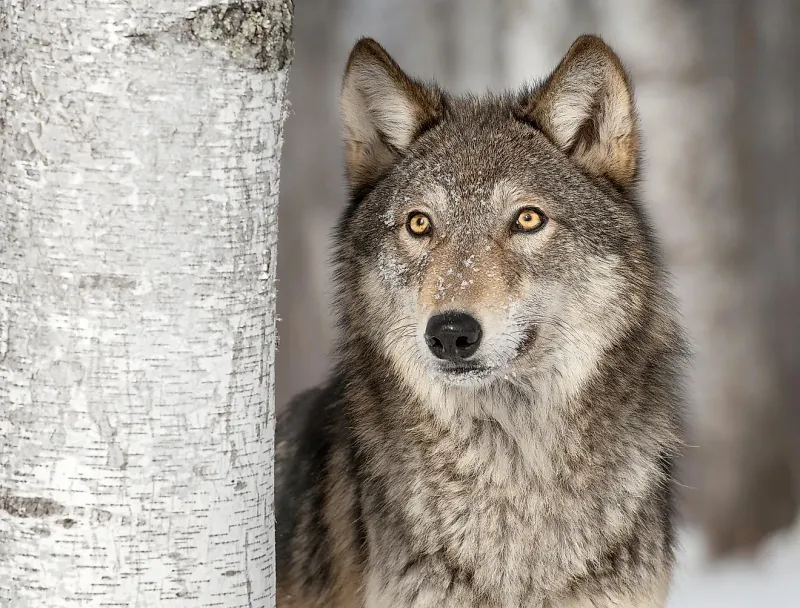
The gray wolf, a symbol of wilderness, roams the forests and tundra of North America. Known for its haunting howl, this apex predator lives in packs, demonstrating remarkable social structures. Although feared by some, they are essential to maintaining ecological balance.
Did you know? Wolves share a common ancestry with domestic dogs, making them distant cousins. Their keen senses and intelligence reflect traits seen in many dog breeds. While not pets, their familial ties remind us of the wild roots of our loyal companions.
Coyote
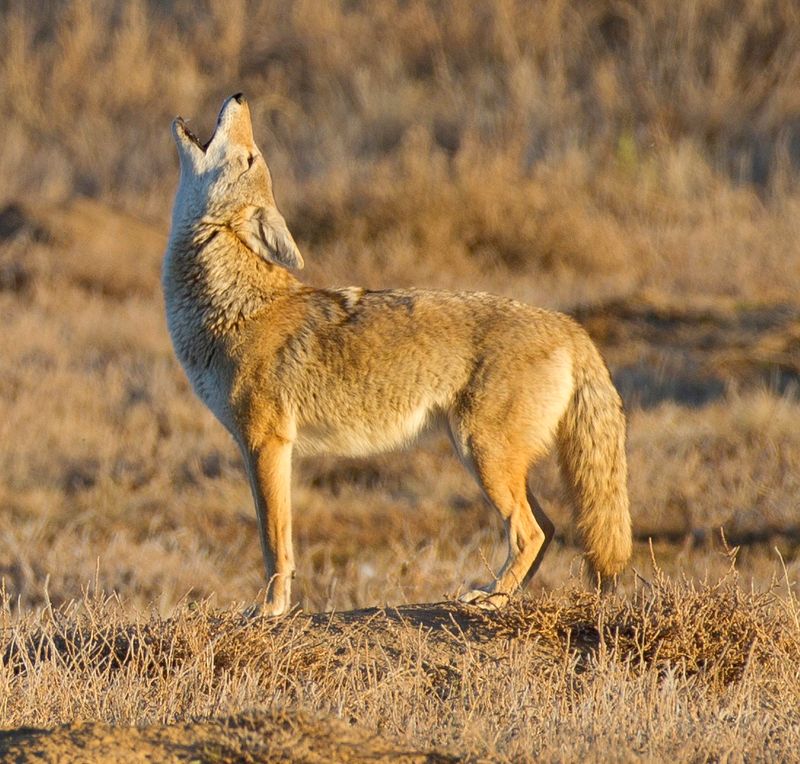
Coyotes are adaptable survivors, thriving in diverse environments, from deserts to urban areas. Their yips and howls echo through the night, a testament to their enduring presence. This clever creature often surprises with its ability to coexist with humans.
Coyotes are closely related to dogs, sharing a playful curiosity and resilience. Unlike their wolf cousins, they are more solitary. Their cunning nature and adaptability serve as a reminder of the intelligence and flexibility within the canine family.
Red Fox
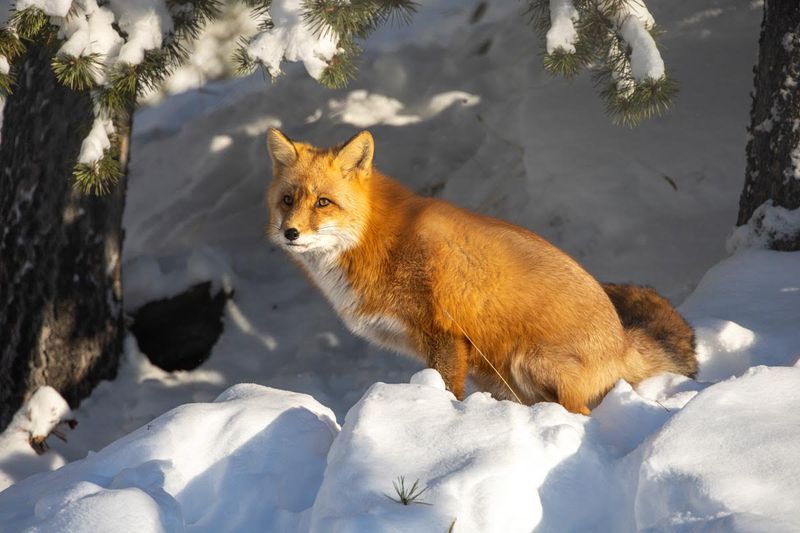
With its striking red coat and bushy tail, the red fox captivates with its beauty and grace. These solitary hunters are known for their cunning nature, often featured in folklore and tales.
Though primarily nocturnal, they occasionally appear during the day, especially in winter. Foxes share an evolutionary path with domestic dogs, showcasing similar agility and intelligence. Their independent spirit mirrors the adventurous side of our canine friends.
Eastern Wolf
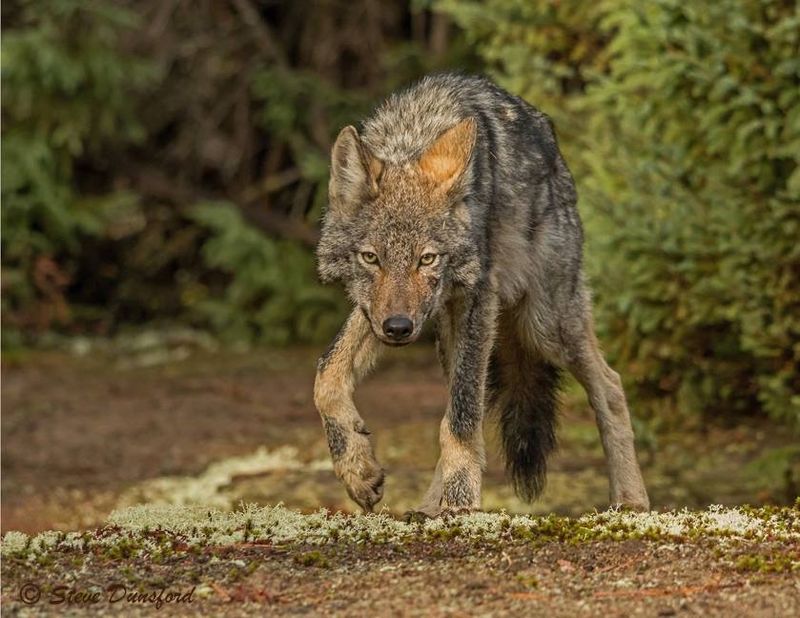
The eastern wolf, a unique species found in the Great Lakes region, blends the characteristics of gray wolves and coyotes. With a lean frame and focused gaze, it embodies a perfect balance within the wild.
These wolves prefer secluded habitats, avoiding human interaction. Their genetic makeup links them closely to domestic dogs, offering insights into canine evolution. The eastern wolf’s elusive nature highlights the mystique of wild canines and their connection to pets.
Mexican Wolf
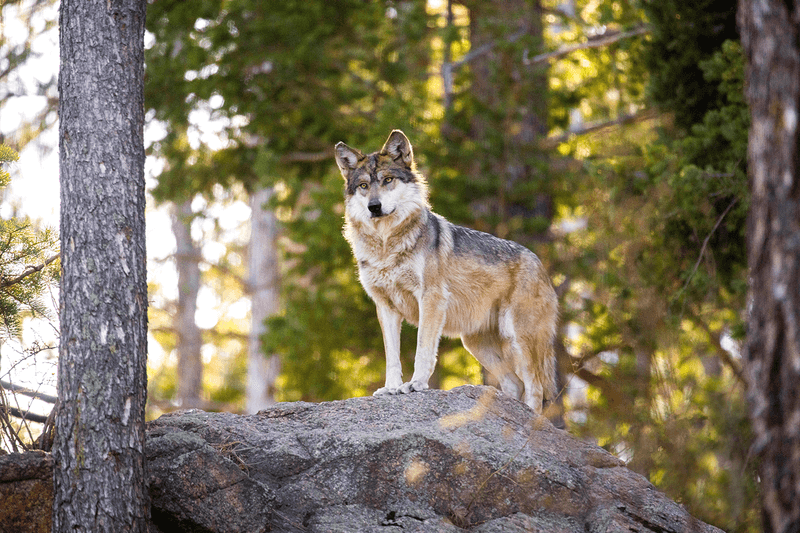
The Mexican wolf, once on the brink of extinction, is making a remarkable comeback. Known for its striking appearance, it roams the Southwestern United States and Mexico. These wolves live in packs, nurturing strong family bonds.
With a lineage closely tied to domestic dogs, their resurgence symbolizes hope for conservation efforts. The Mexican wolf’s story is one of resilience, reflecting the tenacity shared by many dog breeds. They remind us of the wild essence within our pets.
Arctic Fox
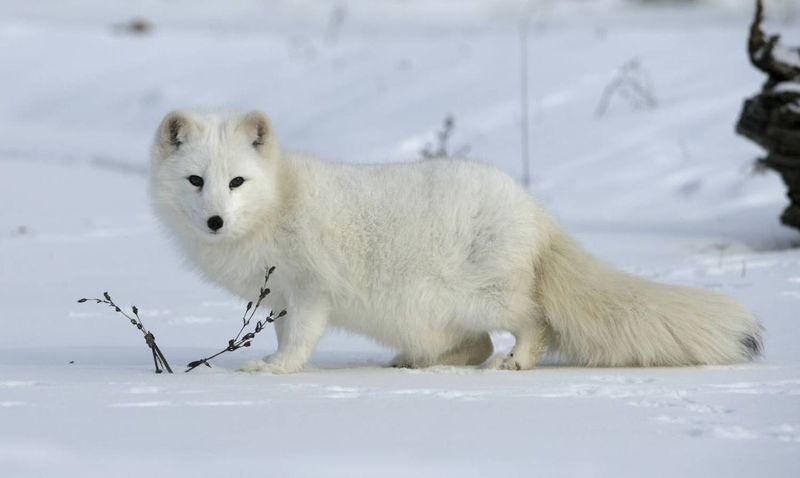
Adapted to the harsh Arctic climate, the Arctic fox is a master of survival. Its thick, white fur provides warmth and camouflage in the snowy landscape. Known for scavenging and caching food, they exhibit resourcefulness.
Related to dogs, their playful behavior and adaptability are reminiscent of many domestic breeds. The Arctic fox’s ability to thrive in extreme conditions showcases the resilience and adaptability inherent in the canine lineage.
Kit Fox

The kit fox, with its large ears and agile frame, is a desert dweller thriving in arid regions. Its nocturnal lifestyle and keen senses make it a skilled hunter of small prey.
Though distantly related to domestic dogs, their playful antics and sharp intellect draw parallels to our pets. The kit fox’s adaptability to harsh conditions highlights the versatile nature of the canine family.
Swift Fox
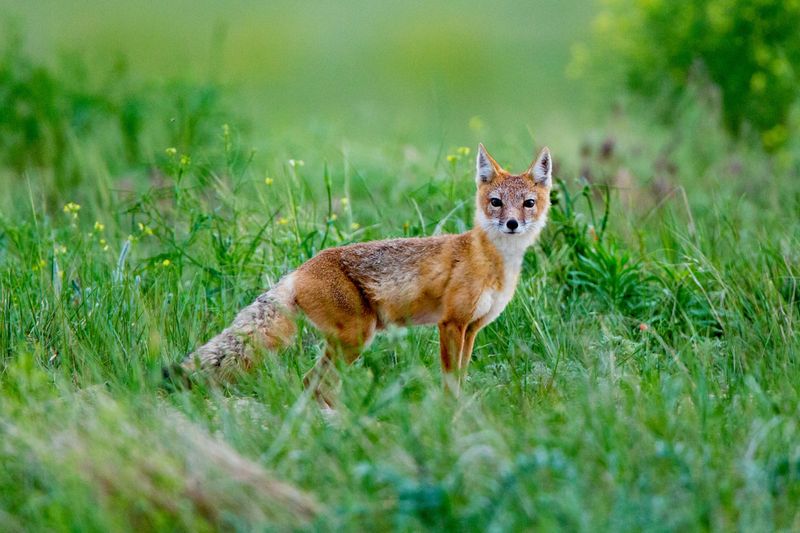
Named for its incredible speed, the swift fox is a prairie native known for its agile movements. Its small size and sandy-colored fur provide excellent camouflage in grasslands.
Swift foxes have a distant connection to domestic dogs, sharing a curious and lively disposition. Their swift demeanor and ability to adapt make them fascinating members of the wild canine community.
Island Fox

Found only on the Channel Islands of California, the island fox is a unique species adapted to its isolated environment. Its small size and curious nature make it a standout among wild canines.
Although not direct relatives of domestic dogs, they share a playful and inquisitive nature. The island fox’s survival story, including conservation efforts, mirrors the tenacity seen in many dog breeds.
Gray Fox
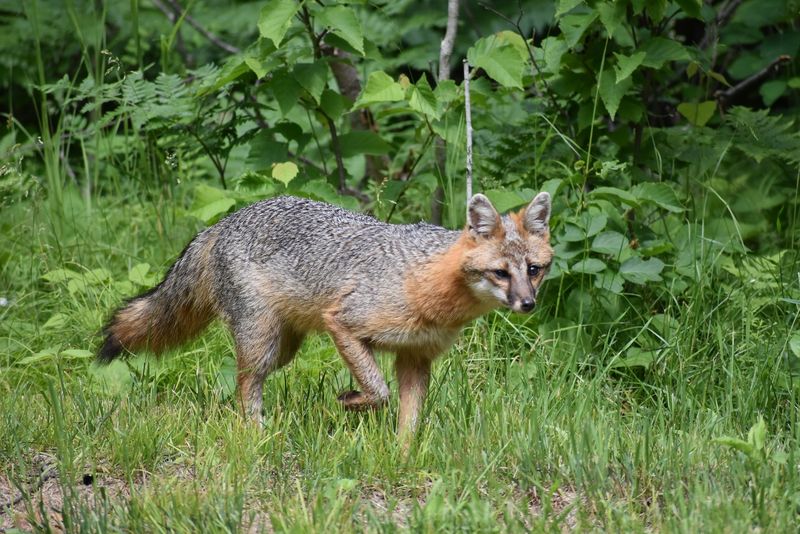
The gray fox is a tree-climbing marvel, often found in wooded and semi-urban areas. With a distinctive salt-and-pepper coat, this fox is a master of camouflage.
Gray foxes are distantly related to domestic dogs, sharing a clever and adaptable nature. Their arboreal skills set them apart from other canines, showcasing the diverse talents within the family.
Ringtail
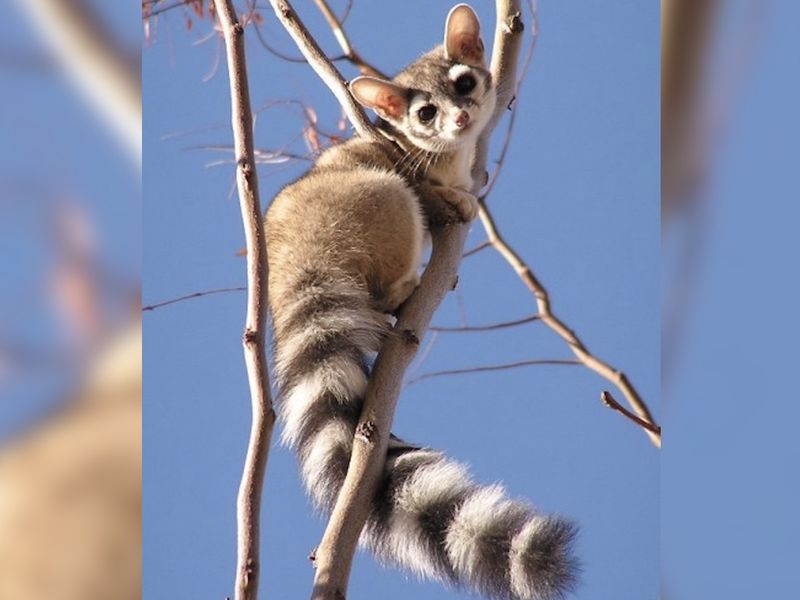
Often mistaken for a cat, the ringtail is a close relative of the raccoon but shares some ancestral ties with canines. Its long, striped tail and agile movements make it a fascinating creature.
The ringtail’s nocturnal habits and keen hunting skills echo traits found in wild canines. Their quirky nature and adaptability highlight the diverse evolutionary paths within the animal kingdom.
Maned Wolf
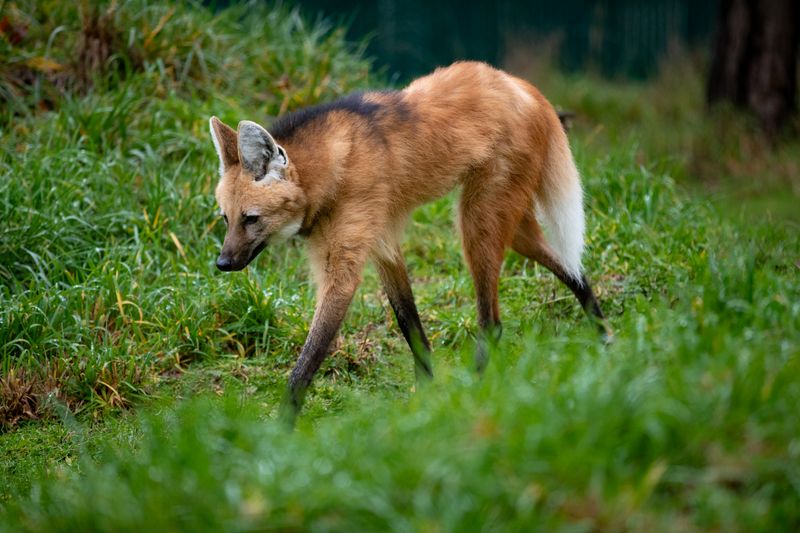
Although primarily found in South America, the maned wolf’s fascinating appearance and behavior draw comparisons to North American canines. Its long legs and reddish coat give it a unique look.
The maned wolf shares ancient lineage with domestic dogs, showcasing the diversity within the canine family. Its solitary nature and distinctive scent-marking practices highlight the varied lifestyles of wild canines.
Dhole
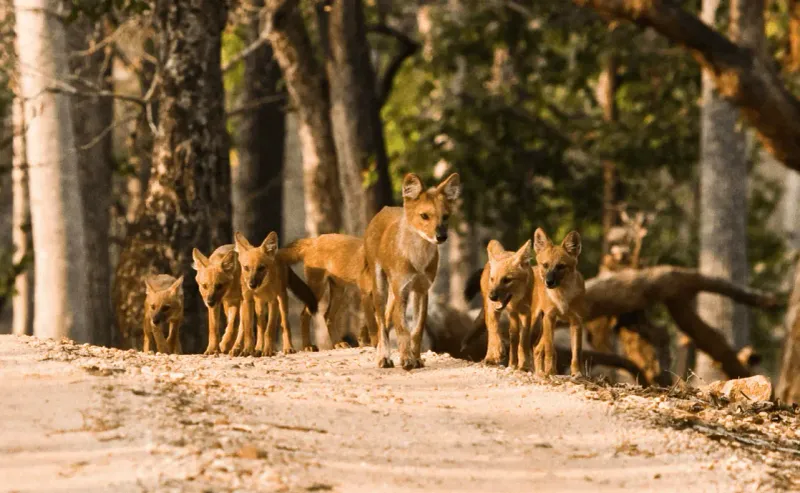
The dhole, also known as the Asiatic wild dog, is a swift and social hunter found primarily in Asia. However, its behavior and pack dynamics are reminiscent of North American canines.
Closely related to domestic dogs, dholes exhibit coordinated hunting strategies and social bonds. Their ability to adapt and thrive in various environments underscores the resilience of the canine family.

